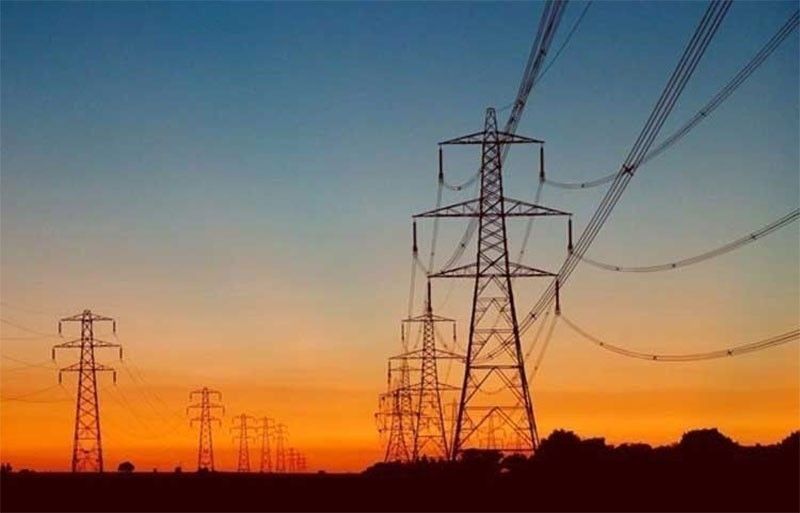No more power alerts expected for rest of 2024

MANILA, Philippines — With the onset of the rainy season, the National Grid Corp. of the Philippines (NGCP) sees no need to raise yellow and red alerts in the country’s power grids for the remaining months of the year.
“For 2024, we are not seeing additional alert notices so far. That doesn’t consider forced outages,” NGCP spokesperson Cynthia Alabanza told reporters in a briefing yesterday.
This, she said, is due to the onset of the rainy season, which is expected to lower consumer demand for electricity compared to that in the last three months.
“High temperatures are correlated with high electricity consumption. As it is already raining, consumption is also seen to be decreasing, ensuring the transmission system has an adequate power supply,” Alabanza said.
Year-to-date, a total of 31 yellow and 11 red alerts were recorded in the Luzon grid, which caused power interruptions on four separate dates, data from the Department of Energy showed.
A total of 34 alert notices, consisting of eight red and 26 yellow, were raised in the Visayas grid, while the Mindanao grid was placed under yellow alert twice.
The last yellow alert was raised in the Luzon grid on June 5.
A yellow alert is issued when the operating margin is insufficient to meet the transmission grid’s contingency requirement, while a red alert is raised when the power supply is insufficient to meet consumer demand and the grid’s regulatory requirements.
With the expected return of La Niña, Alabanza also assured the public that the NGCP is prepared to respond to the potential impact of the weather disturbance on transmission lines.
La Niña is characterized by unusually cooler-than-average sea surface temperatures in the central and eastern equatorial Pacific. This is opposite to El Niño, which causes unusually warmer than normal SSTs.
The Philippine Atmospheric, Geophysical and Astronomical Services Administration earlier said the country could experience 13 to 16 tropical cyclones this year.
- Latest
- Trending































